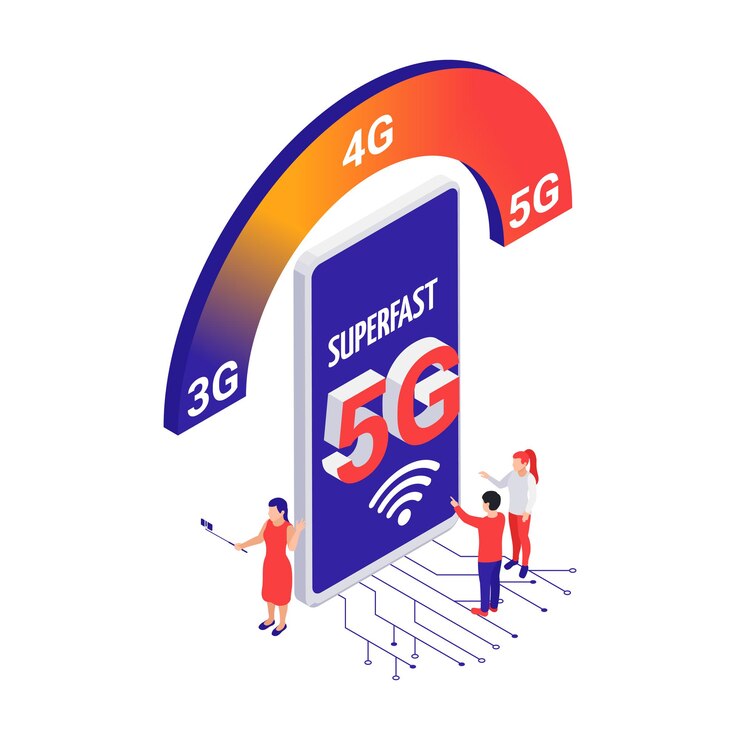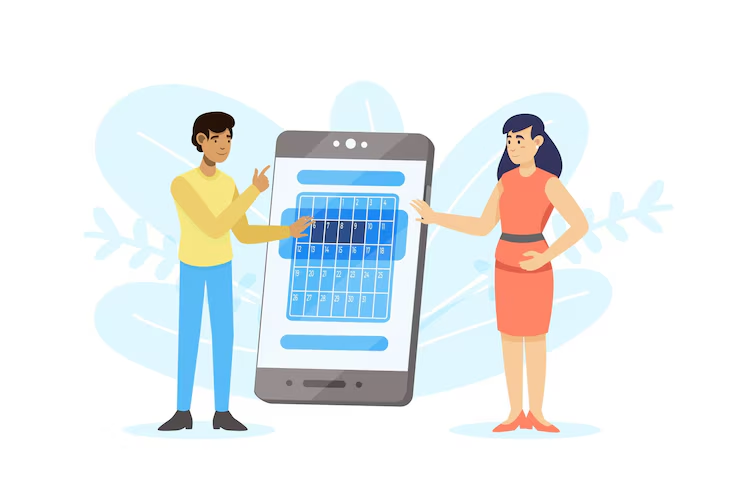How 5G is Transforming Mobile App Development
The advent of 5G technology is revolutionizing the mobile landscape, promising unprecedented speed, lower latency, and enhanced connectivity. For mobile app developers, 5G represents a significant leap forward, enabling new opportunities and redefining user expectations.
Faster Speeds and Enhanced User Experience
5G offers download speeds up to 100 times faster than 4G. This speed allows for seamless streaming, rapid file transfers, and real-time interactivity. For developers, this means they can design more data-intensive apps, such as 4K video streaming or augmented reality (AR) experiences, without worrying about performance bottlenecks.
Lower Latency for Real-Time Applications
Latency—the delay before data is transmitted—is drastically reduced with 5G. This improvement is crucial for apps that require real-time responsiveness, such as gaming, virtual reality (VR), and telemedicine. Developers can now create highly interactive and immersive experiences, knowing that the network can handle the demand.
Enhanced IoT Integration
5G’s capacity to connect more devices simultaneously makes it a game-changer for the Internet of Things (IoT). Mobile apps can now better integrate with smart devices, enabling seamless communication across wearables, home automation systems, and industrial IoT applications.
Opportunities for Edge Computing
With 5G, edge computing becomes more viable, allowing data processing closer to the source rather than relying on centralized cloud servers. This shift reduces latency further and enables apps to deliver faster and more localized services.
Challenges and Considerations
While 5G unlocks new possibilities, developers must also address challenges like increased battery consumption and the need to optimize apps for 5G networks. Moreover, global 5G adoption is still in progress, so developers must ensure backward compatibility for users on 4G or older networks.




